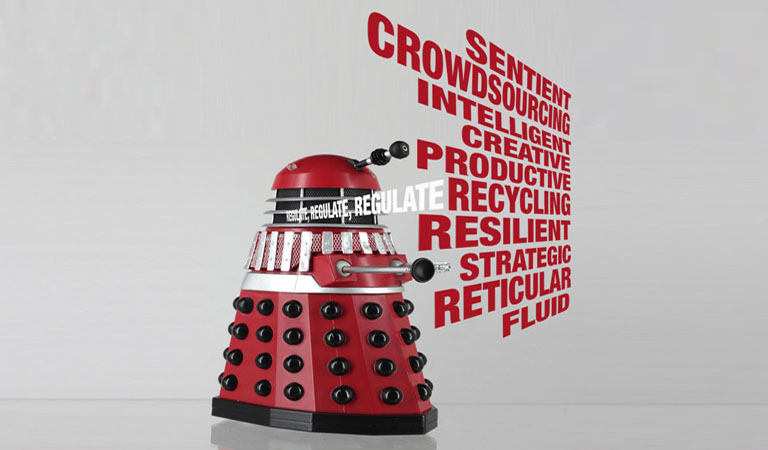
Planning the Augmented City
by Maurizio Carta
[published in Urbanistica, n.156, december 2016]
Intelligent Cities in the Anthropocene
In the last decades the most conformist urbanism – with few unheeded critics – was too busy pouring concrete, increasing greenhouse gases emissions and consuming natural and cultural resources to develop more sensible, integrated and proactive urban strategies. But the times are changed, and urban planning has to act in the age of deep metamorphosis: of paradigms, of horizons, of human settlements and of lifestyles. The Age of Anthropocene, as defined by Eugene F. Stoermer in Eighties, call us to a new challenge: on the one hand reduce the ecological footprint of human activities on the planet, and secondly spreading globally the collective intelligence that derives from the ideas and human wisdom about environment and climate change in the new 'integral ecology' scenario, as Pope Francis' Encyclical affirms. Today’s anti-urban tensions, more sensible urbanism debate and a renewed ethics of political responsibility focus on being more creative in the use of natural and cultural resources, smarter in economy, open in governance, intelligent in transport and resilient in living: self-sufficiency, circularity, sharing and recycle are the main keys. In the widespread knowledge society cities could be considered vibrant organisms of data and information, of sensors and actuators, of actions and reactions, of urban/rural metabolism generated by people and environment both.
Ten thousand years ago the city was the best invention of the mankind, thought to be an “enabling device” for community’s evolution and innovation, not only a safe place or a symbolic one. During the millenary urban evolution the enhancing role of the city was constantly supported by technology, mechanical first, hydraulic and steam later, electric more recently, to the digital technology of the present age. It’s the smart city revolution: starting as a disruptive and heretic innovation, it became an untouchable tabu (Townsend, 2013). The smart city has become a buzzword in urban planning and university departments, and a topic of breathless coverage in science and business magazines. Although today the vision exists more in the realm of promise than reality. Starting from first experiment promoted by technology enterprises (IBM, Siemens, Cisco Systems, ABB), the vision of the smart city proposes that technology can be harnessed by municipal administrators to achieve unprecedented levels of monitoring, efficiency, security, convenience and sustainability. But it isn’t enough insert information technology in a traditional urban body to improve the intelligence of cities, and a closer look at several smart cities’ practices suggests that such a city will not, and cannot, serve and enhance the interests of the people who live in it. Adam Greenfield (2013) explores the ways in which the smart city rhetoric treats the city as an abstraction, misunderstands the processes that truly do generate real meaning and value.
The city has been the best place to live because allowing a community life that build fruitful relationships, generate fertile synapses, producing new economies and accelerating innovation. In his social history of innovation, Steven Johnson draws on seven centuries of scientific and technological progress – from Gutenberg to GPS – to show what sorts of environments nurture ingenuity and creativity. He finds that great creative milieux, whether Warhol’s Factory, MIT and Los Alamos labs, or New York City today, Rome in Classical Age and Florence in Renaissance, or the web and the social networks, are like coral reefs, teeming of diverse colonies of creators who interact with and influence one another. Cooperation in nature is just as important as competition. That is the secret of the coral reef: everything is recycled in a limited space on a matrix of calcium carbonate built up by the coral – the ultimate example of “bootstrapping”: a self-sustaining process able to proceed without external input. The key to both natural and technological evolution is bricolage: recycling spare parts, taking an object from one context and placing it in another. And the most creative environments are those that create a platform for innovation, allowing the greatest number of spare part add-ons, resources to recycle, raw material to remake. This is what – argues Johnson – unites the coral reef, the Italian city states and twitter: all are fertile environments that have enabled a myriad innovations. And the city is the best place where these myriad innovation could find necessary tangible/intangible resources, as long as it able to recover his propensity for creativity and collective intelligence. Cities as powerful creative habitats “are platforms to open doors to the adjacent possible” (Johnson, 2010) and each new urban innovation opening up new ideas to explore.
Cities were born and have resisted all alternative proposals - and the storms of post-urban - becoming the prevalent form of human settlement due to their ability to continually create a platform for innovation, allowing the greatest number of spare part, offering recyclable materials with which to build new relationships, or semi-finished places on which to complete the process of metamorphosis and of transition towards the post-carbon economy. We must recover the original meaning of urbanism as project of the quality and well-being, its projective dimension and its collective values to improve the citizenship and belonging to places.
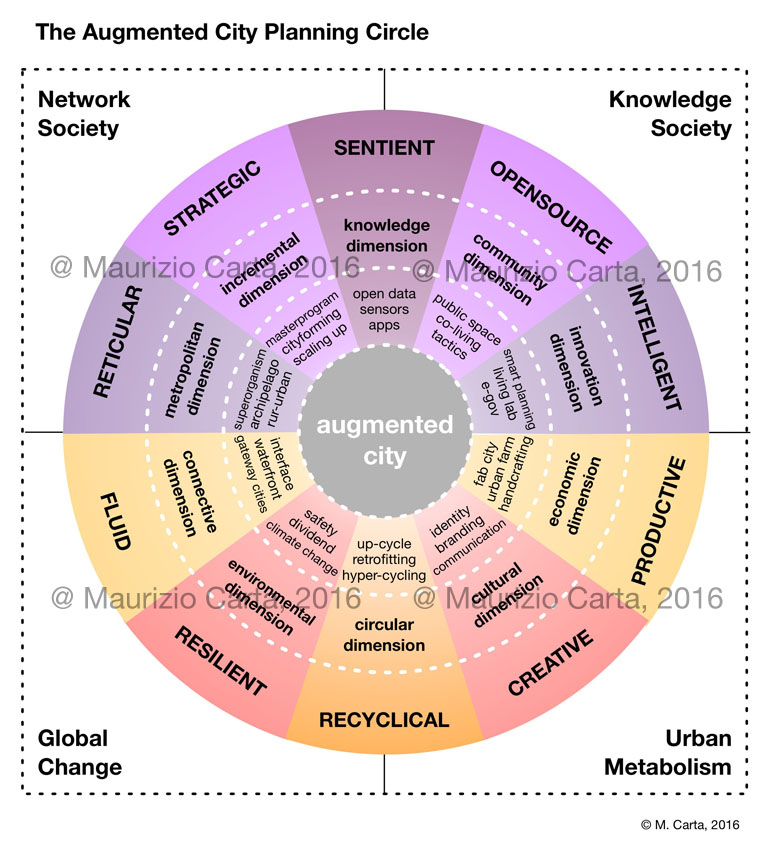
The augmented city: paradigms and tools
In order to not less the powerful vision of contemporary cities as place enhancing collective intelligent of people we need a paradigm shift able to produce an intellectual toolkit for those of us who want to take the challenge in rethinking the sterile and unappealing vision. We need to lay a new groundwork for the far more fruitful alternatives to come, because the role of city as human enhancement must be renewed and reinforced. Beyond the smart city I want to propose the Augmented City: a spatial/cultural/social/economic device for enhancing our contemporary life, individual and collective, informal and institutional. If we live and act in a reality permanently improved by hard and soft devices, our cities must be more responsive to our behavioural changes. We would be able to build a more efficient urban environment, able to sense and to act everyday and for everyone.
The current challenge in urban planning is only defining the places of encounter between the natural and the artificial: the best balance between urban and rural, agriculture and housing, production and consumption. But this is the old linear thought, it isn’t the next circular challenge. One way of breaking out this linear urban-rural dichotomy is to generate places of transition areas between the two, to create connections between different landscapes, to create an efficient interface between physical and cyber state. This will allow for the production/management of resources to happen in the same place where raw material is, where production could be local, where energy consumption is near to the renewal resources production, where community behaviour could be informed and empowered.
To improve the tools – epistemological, procedural and operational – of the good urbanism, I have set up ten keywords able to reset the urbanism and spatial planning for reimagining the Augmented City – in spatial, social and economic sense – in face of the 21st century challenges (European Climate Foundation, 2010). Every keyword defines a specific component able to augment the innovative and creative power of the city as enabling platform, knowledge server and operating system for development.
First an augmented city is sentient because it needs new values, skills and tools for renewing a knowledge-based and solving-oriented urbanism in a well-timed collaborative scenario.
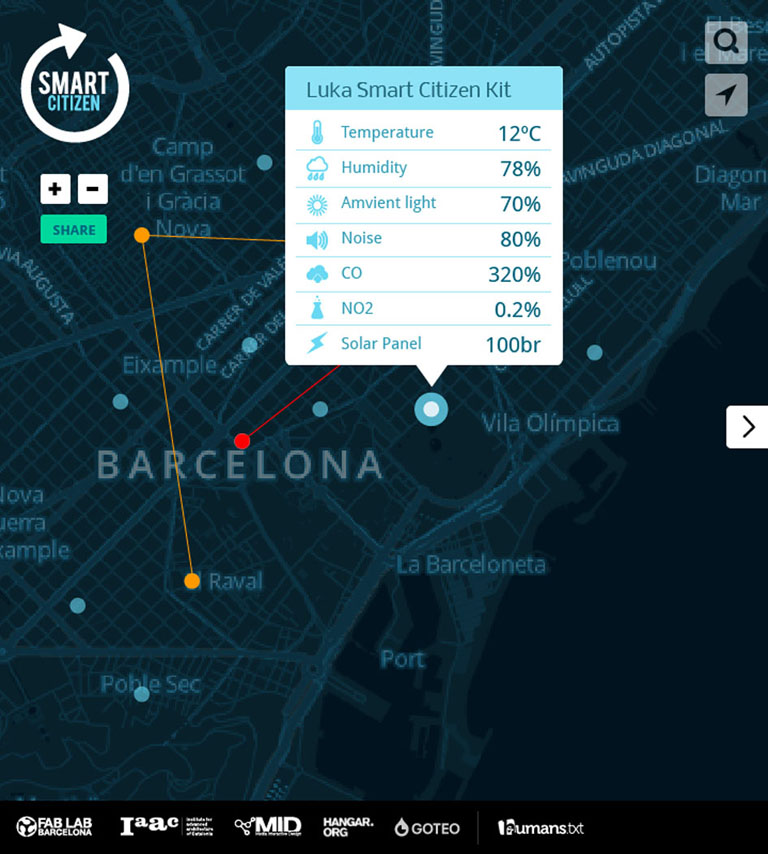
And it’s thus also based on crowdsourcing, because needs for a civic-tech-urban structural alliance in the Sharing Society we live, able to generate new public space: meeting places and housing, social infrastructure and places of co-work and then triggers a renewed community covenant that reactivates the constituent factors of urban life.
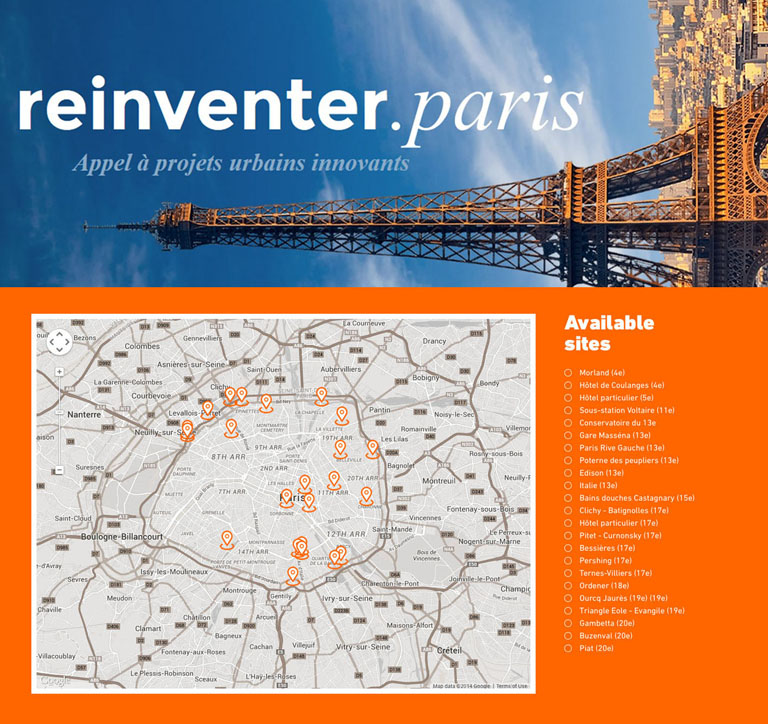
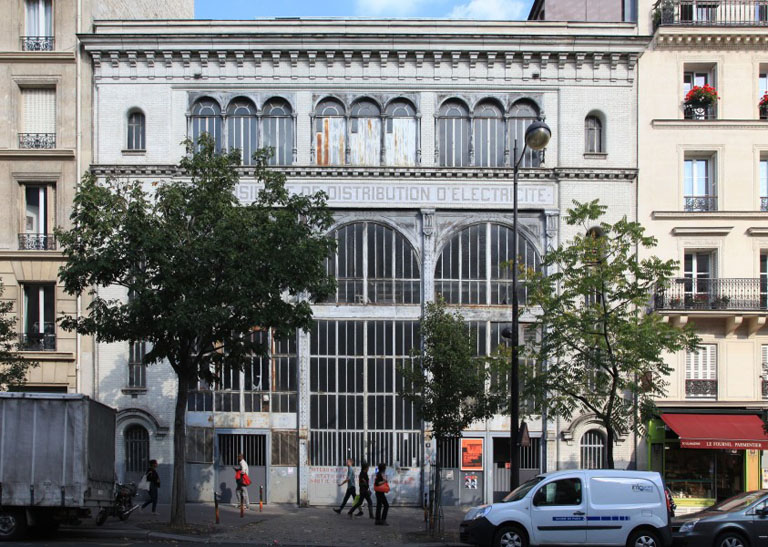
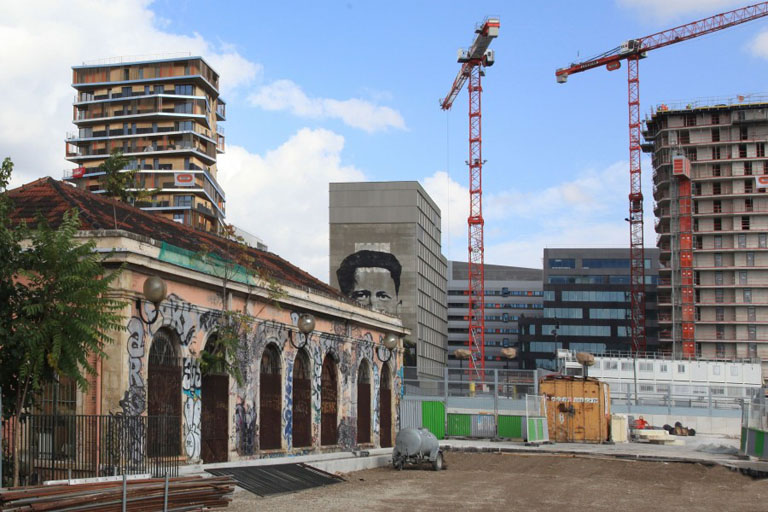
An augmented city is intelligent – and not only smart – because it can generate an enabling ecosystem based on the hardware of better urban spaces, on the software of the active citizenship, but overall on the operative system of an advanced urban planning and design. One of the first experiments in a real 'urban OS' was developed by Smart Planning Lab of the University of Palermo (Carta, 2014b) as a protocol for advanced planning to provide decision-makers, planners, managers and citizens of different multilevel urban instruments, able to rethink, redesign and live fully the smart city of the fifth generation, a smart city able to generate new social values and new economic value.
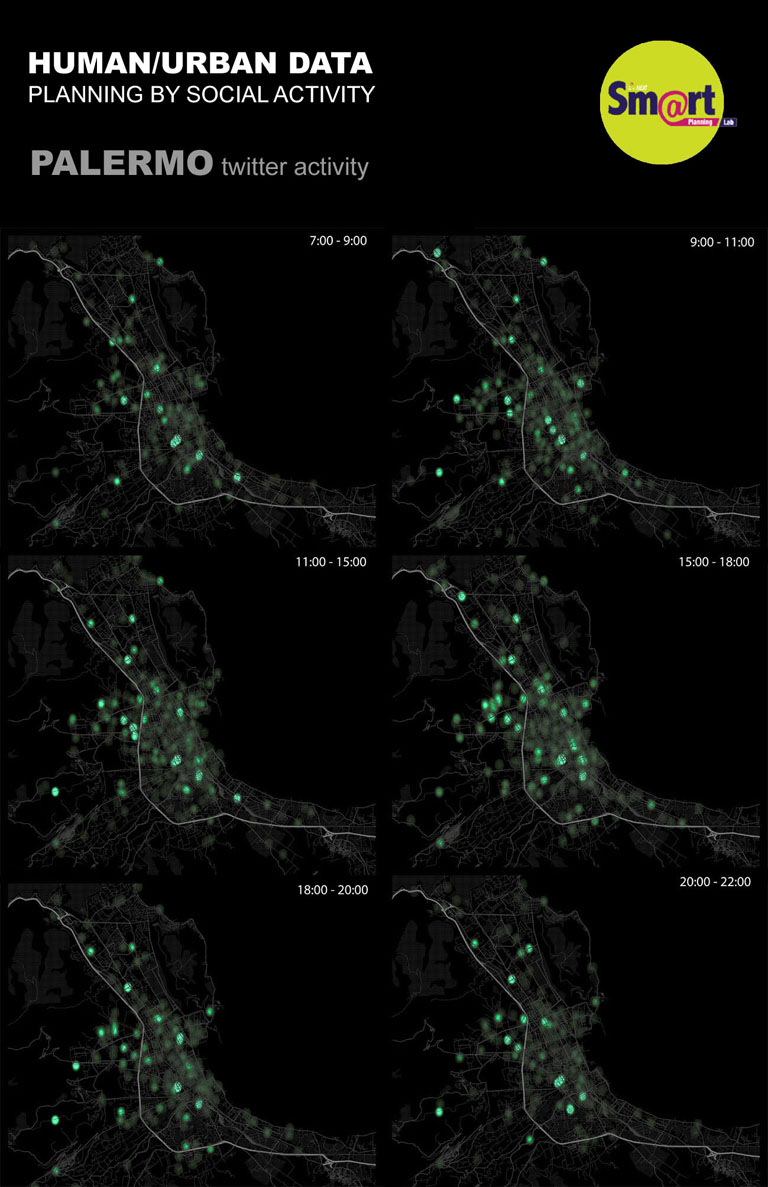
The fourth keyword is productivity because next cities need to frame the powerful makers movement within a new the creative/productive urban ecosystem for improving the manufacturing renaissance in the cities (Micelli, 2011), for reconstituting an essential economic base of the city, after years of euphoria for city as services. In according with Larry Katz, economist at Harvard University, the future “good” middle-class jobs will come from the re-emergence of artisans, or highly skilled people in each field. The next ten years will see a re-emergence of artisans as an economic force, but it’ll be a new form of craftsman: the urban artisan. Like their medieval predecessors in pre-industrial European cities, these next-generation artisans will ply their trade outside the walls of big business, making a living with their craftsmanship and knowledge.
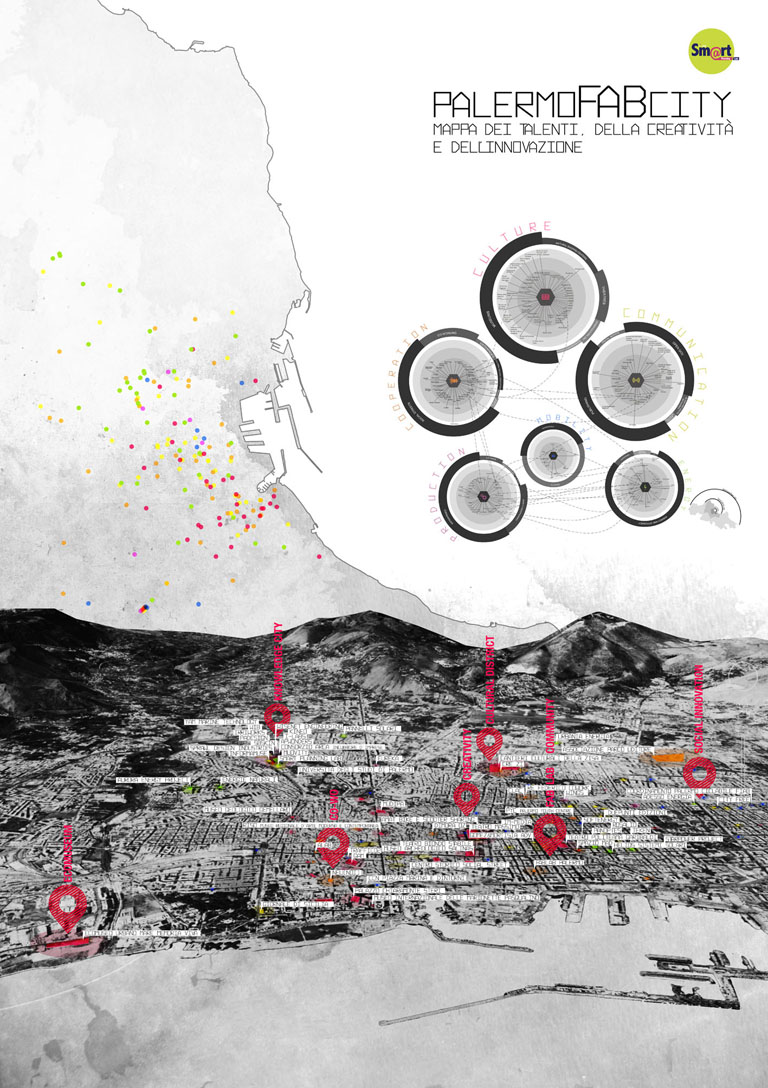
But the city will also be more and more creative through the integrated use of culture, communication and cooperation (3C of the creative city) as resources for an active city can generate a new form and a different growth based on identity , on the quality and reputation.
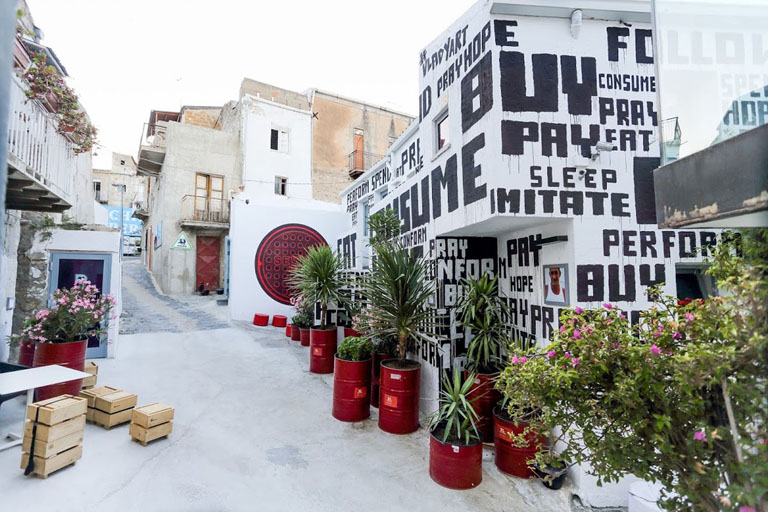
An augmented city is recycling-based and asks for a paradigm shift for metamorphosis cities that not only re-duce, re-use, re-cycle their tangible and intangible resources, but design a new circular metabolism, by including the ‘planned recycling' between the components of the project
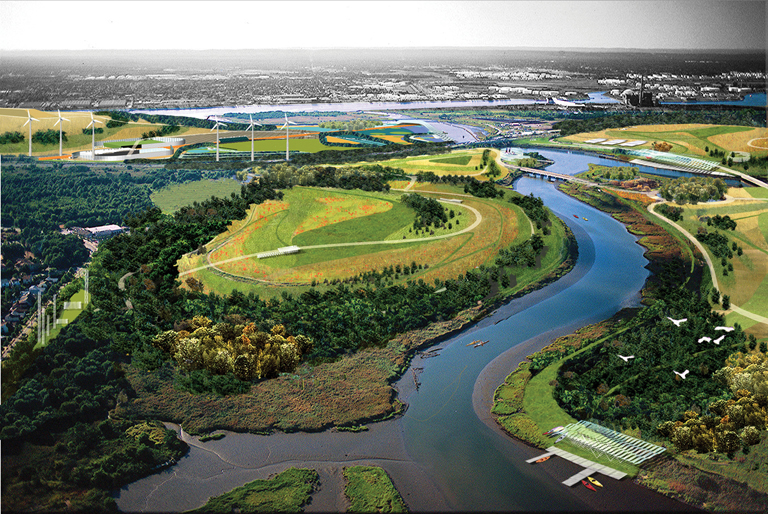
Thus it is resilient, that means accepting the task for adaptive, circular and self-sufficient cities for winning the climate change challenge, producing and distributing effectively the 'dividend resilience' (Rodin, 2014): not only new bargaining chip in the economy of the transition to decarbonised development, but also an instrument of urban ecological equalization.
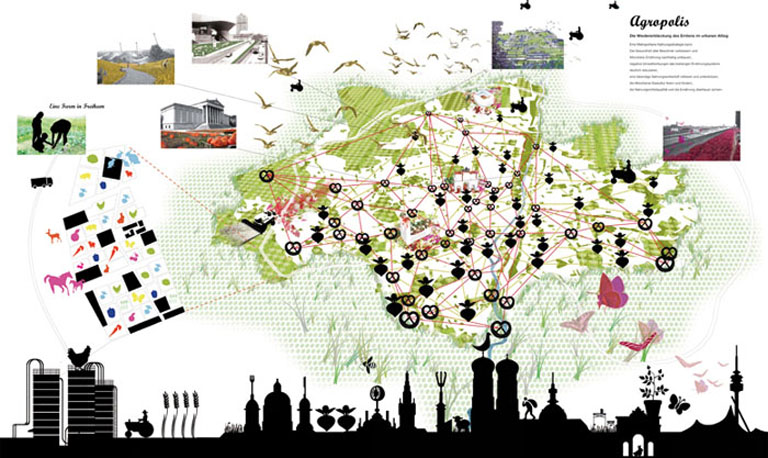
The eight keyword is fluidity because asks to rethink porosity and fluidity as projective paradigms for urban regeneration projects that derive by water their charge of identity, producing new spatial configurations from renewing interface port-city not as place-threshold but as a producer of powerful urban identity.
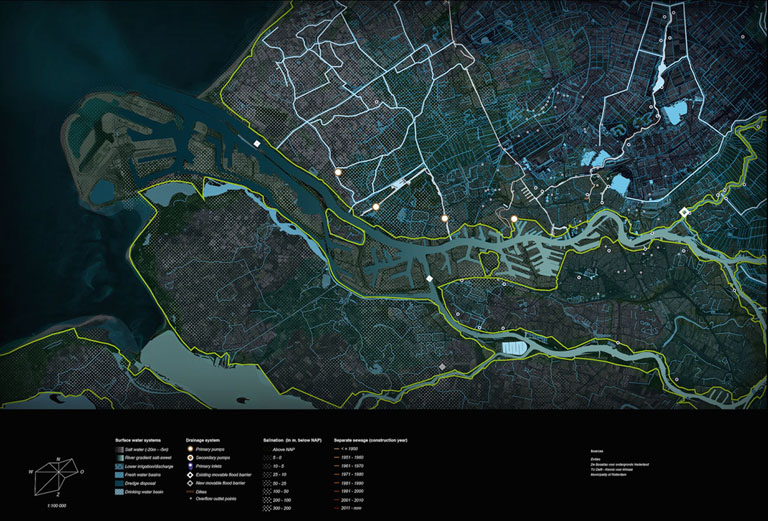
In the metropolitan scenario, the reticularity defines the process from a traditional ecosystem and obsolete gravitational model to a new and more effective and augmented hyper-metropolitan model, based on super-organism and archipelagos.

Last but not least, an augmented city is strategic, regarding the need of a multi-domain approach and a time-oriented action in the age of Capitalism 4.0, less consumer and more producer, able to activate several cycle to reactivate districts, cities and lands. A new strategic approach, less financial and more cooperative, more metabolic and less occasional, asks for a new time-oriented urban regeneration. To meet these new challenges I have developed a protocol for urban regeneration, which I called Cityforming© (Carta, 2015), based on a system of incremental colonizing tactics, open source consolidations and development projects, preferring an approach by strategic masterprogram rather than a rational-comprehensive masterplan.

Based on the previous ten keywords, an Augmented City must be a disruptive – and reconstructive – innovation in city planning, urban management and everyday life. Of course not just a new definition, but it needs a paradigm shift, finding numerous existing empirical evidence, traces of practices or real experiments. But above all is needs the continued testing of spatial, social, cultural and economic consequences of urban planning and design enabling the collective intelligence of its inhabitants. He needs to feed a new urban agenda and enter the more sensitive practices, it needs to move into the legislation and require a corpus of technical support. Therefore it requires to take the challenge of the city project.
References
Campbell, K. (2011), Massive Small. The Operating Programme for Smart Urbanism, Urban Exchange, London.
Carta, M. (2014a), Reimagining Urbanism. Città creative, intelligenti ed ecologiche per i tempi che cambiano, ListLab, Barcelona-Trento.
Carta, M. (2014b), "Smart Planning and Intelligent Cities: A New Cambrian Explosion". In Riva Sanseverino E., Riva Sanseverino R., Vaccaro V., Zizzo G. (eds.) Smart Rules for Smart Cities. Managing Efficient Cities in Euro-Mediterranean Countries, Springer.
Carta, M. (2015), “Iper-strategie del riciclo: Cityforming© Protocol”, in Carta, M. e Lino, B. (a cura di), Urban Hyper-Metabolism, Aracne, Roma.
Ellen MacArthur Foundation (2012), Towards the Circular Economy: Economic and business rationale for an accelerated transition, EMF.
European Climate Foundation (2010) Roadmap 2050. A practical guide to a prosperous, low-carbon Europe, ECF, Den Haag.
Greenfield, A. (2013), Against the smart city, Do Projects, New York.
Johnson, S. (2010), Where Good Ideas Come From: The Natural History of Innovation, Riverhead Books, New York.
Micelli, S. (2011), Futuro artigiano, Marsilio, Venezia.
Owen, D. (2009), Green Metropolis, Why Living Smaller, Living Closer, and Driving Less Are the Keys to Sustainability, Riverhead Books, New York.
Rodin, J. (2014), The Resilience Dividend: Being Strong in a World Where Things Go Wrong, PublicAffairs, New York.
Townsend A.M. (2013), Smart Cities: Big Data, Civic Hackers, and the Quest for a New Utopia, W.W. Norton and Company.